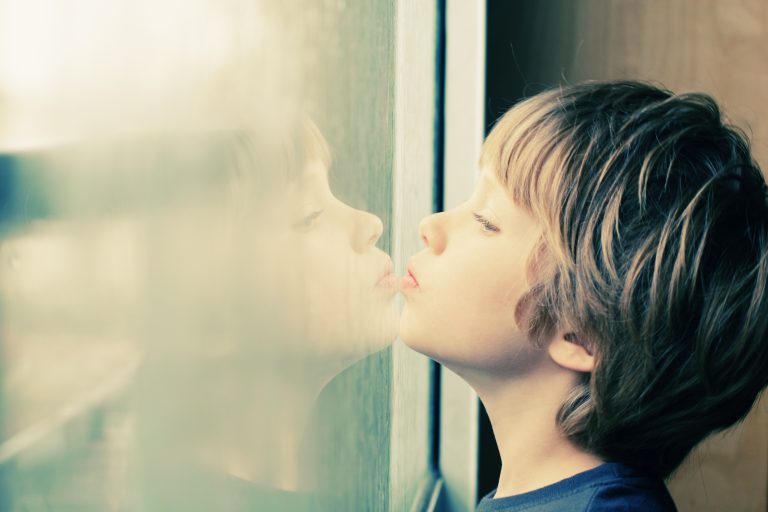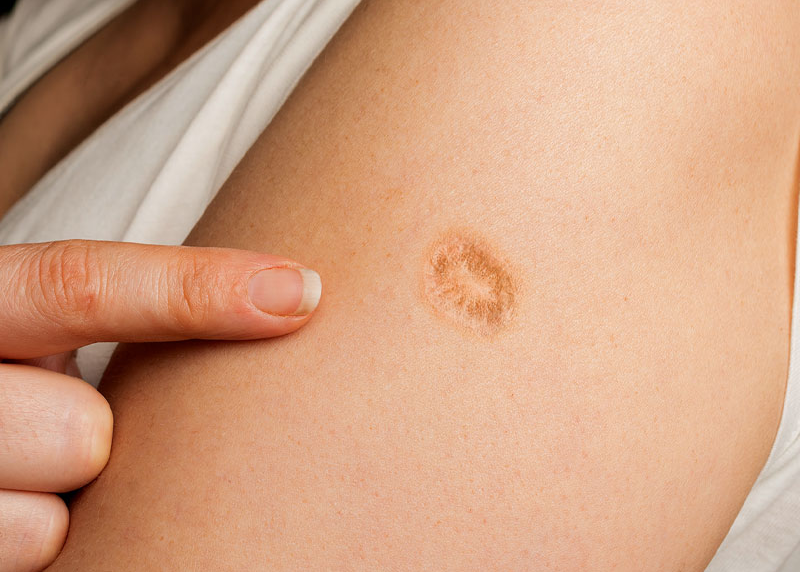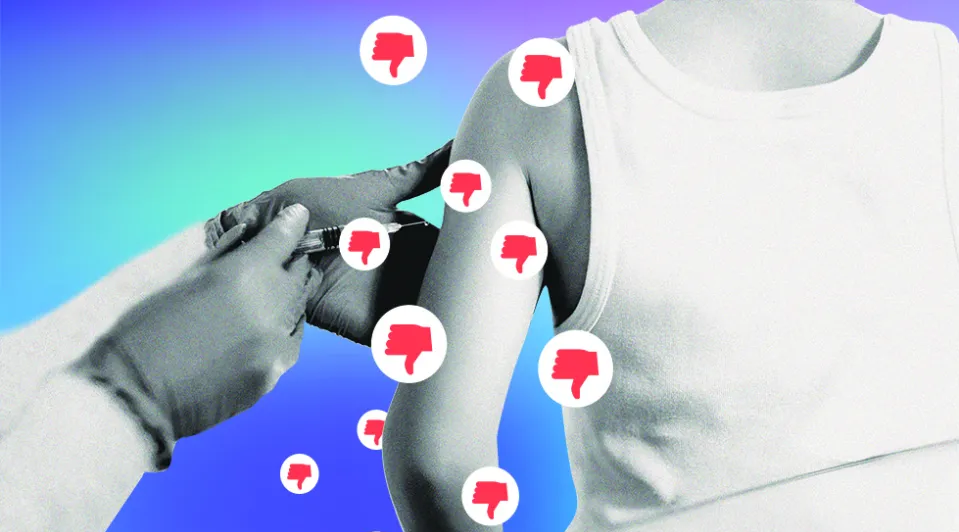Based on findings by an autism spectrum disorders (ASD) monitoring system at Rutgers University known as the New Jersey Autism Study (NJAS), the autism rate for four-year-old children in New Jersey is estimated at 1 in 35 children—the highest of any state in the United States. This figure, however, is at least eight years old. It is based on a 2019 report by Rutgers that found the ASD rate in New Jersey had increased 43 percent from 2010 to 2014. The rate is likely higher now.1 2 3
A news report by the Asbury Park Press last summer noted that New Jersey’s autism rate was “still climbing.” The article referenced that, for the first time, data from the NJAS had been used to “compare a cross-section of [school] districts in the state” in order to help the government of New Jersey plan for the future needs of districts with “higher-than-expected rates of students with autism.”4 According to the article:
New Jersey’s ever-increasing number of children with autism has significant implications for the educational resources that will be needed in the future, since such students require smaller class sizes, intensive instruction, specially trained teachers and paraprofessional aides. And as adults, eventually they may need housing, job accommodations or financial support.4
New Jersey County Autism Rate Triple National Average
NJAS data from 74 school districts that were studied determined that the autism rate among eight-year-old children had continued to steadily increase. Of the 74 districts, the largest suburban school district—Toms River Regional Schools in Ocean County—had an autism rate estimated at 1 in 14 children, or more than twice the state average and triple the 1 in 44 rate for the country.4 5 6
The director the NJAS, Walter Zahorodny, PhD, an associate professor in the Department of Pediatrics at Rutgers New Jersey Medical School, said, “It feels like some kind of science fiction, but in reality, this is true. And it can’t be explained.”4 7
“We’re well aware of it because we live it every day,” said Joy Forrest, director of special education for Toms River. “The district is constantly planning to meet individual students’ needs. We have programs from preschool to age 21, and each year, we are adding additional programming because of increasing numbers of students.”4
Dr. Zahorodny reportedly believes that the autism rate at Toms River is likely a “harbinger” of the rate that all school districts in New Jersey will soon face. “It’s very likely we will find even greater numbers of children with autism in what we consider underserved communities,” he said.4
In the 1970’s, the prevalence of autism in the U.S. was estimated to be between 1 in 5,000 and 1 in 2,500 children, and by 2002, it had increased to 1 in 165 children.8 In 2011, autism prevalence was 1 in 110 children9 and by 2020, it was 1 in 54 among 8 year old children based on 2016 data.10
If you would like to receive an e-mail notice of the most recent articles published in The Vaccine Reaction each week, click here.
Click here to view References:1 Rutgers New Jersey Medical School. New Jersey Autism Study.
2 Rutgers University. Autism rate rises 43 percent in New Jersey, study finds. Science Daily Apr. 11, 2019.
3 TVR Staff. Autism Rate in New Jersey Up 43 Percent. The Vaccine Reaction Dec. 23, 2019.
4 Washburn L. NJ’s autism rate is still climbing. In one district, one in 14 third graders is affected. Asbury Park Press June 21, 2021.
5 Hobley N. U.S. Autism Rate Rises to One in 44 Children. The Vaccine Reaction Dec. 19, 2021.
6 Wall K. Toms River’s Autism Rate In Children Highest In NJ: Rutgers Study. Patch Oct. 26, 2021.
7 Rutgers New Jersey Medical School. Walter M. Zahorodny, Ph.D.
8 Institute of Medicine. Prevalence of Autism Spectrum Disorder: Estimates of Autism Prevalence and Prevalence Trends from the General Population. Mental Disorders and Disabilities Among Low Income Children (Chapter 14). National Academies Press 2015.
9 Rice CE. The Changing Prevalence of Autism Spectrum Disorder. Am Fam Physician 2011; 83(5): 515-520.
10 Johns Hopkins School of Public Health. US Autism Rates Up 10 Percent in New CDC Report. Mar. 26, 2020.














17 Responses
New Jersey is the first state to require flu vaccine for children 6 month to 5 years attending daycare .
“We will have the healthiest children in the country” governor Jon S Crozine.
Dec 31 2008 is the DEAD line for New Jersey children 6 month to 5 years to get their flu shot.
Corzine – the unindicted criminal.
Yup, let’s just keep pumping the kids with more poisons and then walk around wondering why they’re so sick.
Will this be considered a pandemic of our children? Will this garner near the attention Covid did for our children?
Or could it be related to chemical pollution from Union Carbide and others? https://cen.acs.org/articles/91/i18/Chemical-Troubles-Toms-River.html?h=-1013852963
Or it could be the fact that we are dealing with the results and sum total of a tsunami of harmful toxins whether injected, or in the air we breathe or in the water we drink, or GMO’s in our food!
Since 89 it all changed!!!! When hep b came out. Suppose to consent with you if you want your baby to have a shot at 2 days old. And some don’t.!!!!!!!!!! lawsuit there!!!!
Since skepticism about “vaccinations” has been growing, especially after this covid “plandemic,” there are plenty of totally and partially non-vaxxed children in the general population, not just among the Amish. We should all be demanding that real studies comparing the health of vaxxed to non-vaxxed children be done by truly independent groups that are non-pharmaceutical, governmental, or conflicted in any other way. Personally, I am convinced that these conflicted and corrupted groups have already carried out these studies. This is why they aggressively oppose that any honest groups perform them – they already know what will be “discovered” and that their own futures, or at least reputations, will be totally destroyed and that, very likely, there will be economic, civil, criminal, and many other types of consequences!
As a mother with a vaccine injured child, No answers or help of any kind comes from the practitioners who claim to want the best health of your child. The only way you even know that your own child has been damaged is by the personal research and asking around to other parents, to learn the truth. Science will not provide the answers until the money shoved behind them demands it, which it won’t. Parents are the best protectors of our own children, don’t be afraid to stand up for them. Laying awake at night knowing that I did this to my child is awful, I don’t recommend it, so just don’t poison your kids to begin with
Oh, come on ya’ll, don’t ya know it’s only because of better diagnostic tools? God, I’m so sick of that “explanation”… smh
In the article Zahorodny states the rising autism rate cannot be explained. This is false. Rather, the governments and big pharma don’t want it explained.
If you haven’t yet, you need to watch the movie VAXXED II. You will hear many tragic stories of vaccine injured children, but towards the end they start interviewing unvaxxed families to compare. VERY INTERESTING! https://live.childrenshealthdefense.org/education/vaxxed2
OMG! I have seen the first documentary some time ago. This one has affected me as much if not more. My heart breaks for these parents. I had four boys, two had febrile seizures. I was too busy to connect the dots. When I finally realized what had happened, it was too late. I feel so responsible for not educating myself about the damage vaccines cause. I suppose I have been blessed that my boys weren’t damaged like the children in this documentary. I couldn’t watch this without crying for these parents. Thank you all for being brave enough to tell your stories!
Thank you jamie for for bringing this to our attention!
Lots to consider … https://cumulis.epa.gov/supercpad/SiteProfiles/index.cfm?fuseaction=second.Cleanup&id=0200078#bkground
The spectrum has widened considerably during this timeframe. Once an “odd” kid, is now on the spectrum.
It is an epidemic every where. Definitely needs to be studied. What are the commonalities between kids with and kids without. I can’t throw stone in any direction and find a family without an autistic child. Including my own, co workers, neighbors, etc.